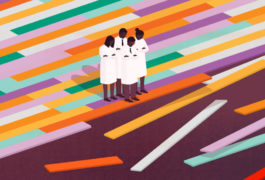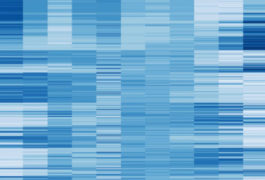Notable papers in autism research in 2018
This year’s list of top papers highlights new dimensions in our understanding of autism genetics and hints at novel treatments.

This year’s list of top papers highlights new dimensions in our understanding of autism genetics and hints at novel treatments.

Whole-genome scans of nearly 8,000 people link autism to spontaneous mutations in the stretches of DNA that regulate genes.

The best way to deliver surprises from genetic findings is to provide adequate information and counseling alongside the results.

In autism research, as in other fields, small sample sizes can lead to false findings. The size of the sample needed for statistical significance depends on the type of study.

New biomedical techniques, like next-generation genome sequencing, are creating vast amounts of data and transforming the scientific landscape.

A pioneering project is showing how, 17 years since the first draft of the human genome, our genes are giving up their secrets and bringing hope to parents around the world.

Software to identify genetic variants, along with a new synthetic human genome, could help scientists discover mutations associated with conditions such as autism.

To find variants between genes that contribute to autism, researchers may need thousands more whole genomes than they have now.

The gene-editing tool CRISPR may cause thousands of off-target mutations, but critics say it’s way too soon to accuse it of infidelity.

A new analysis of the genomes of more than 11,000 people reveals regions that have few mutations, indicating they have important functions.